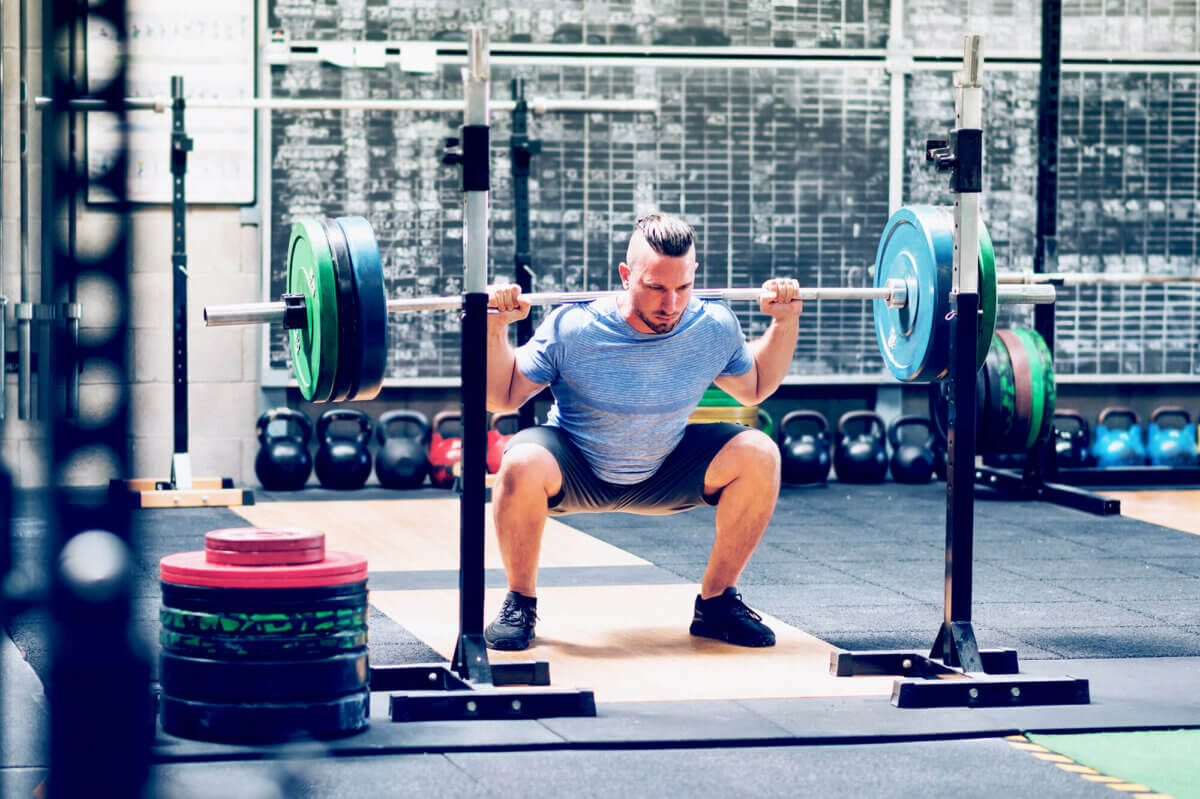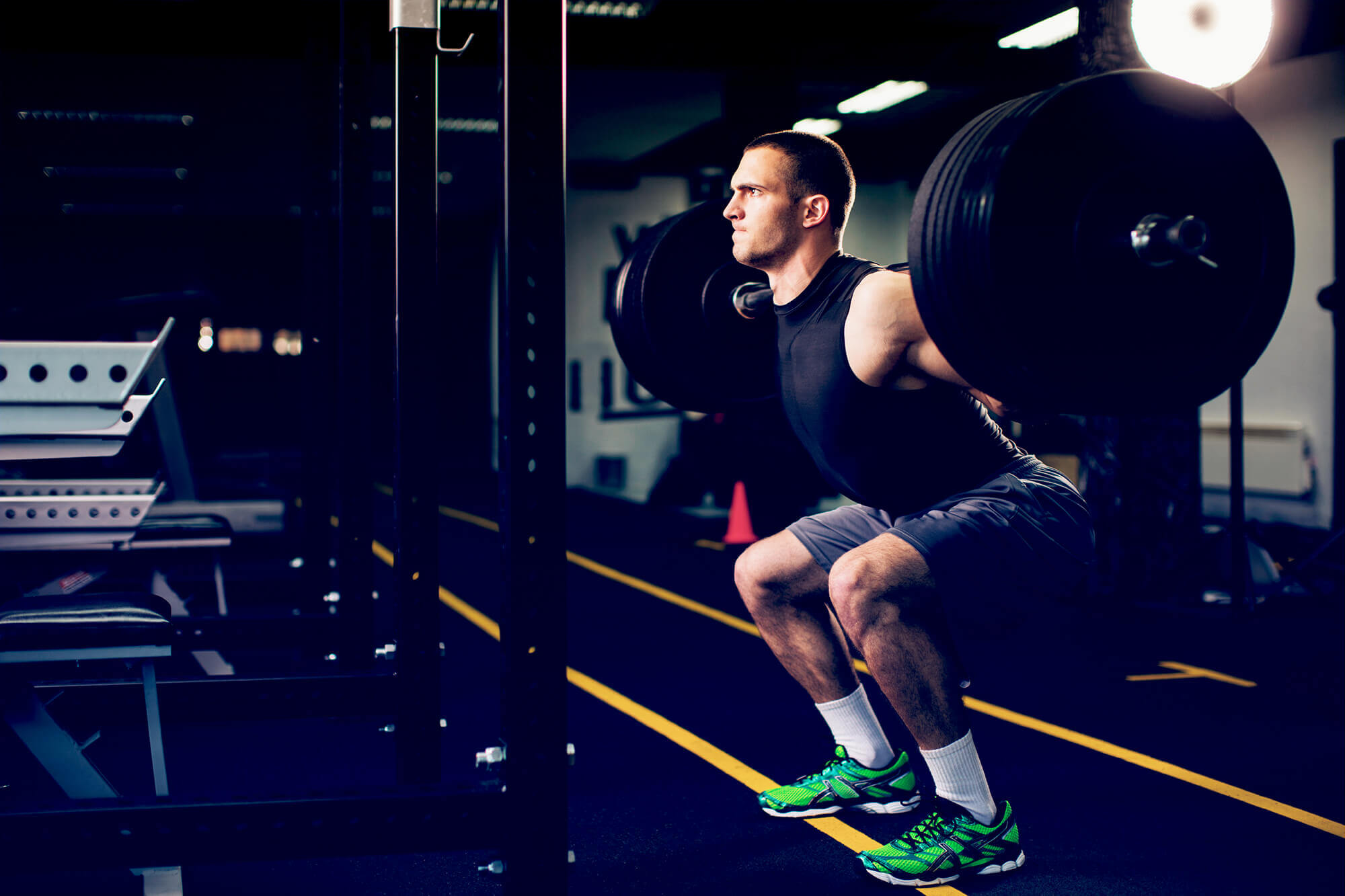Front versus Back Squat: Which squat variation is best for strength and muscle growth?
Overview
What did they test? The study examined the impact of two variations of the squat exercise, front squat and back squat, on muscle strength and hypertrophy over a 12-week period.
What did they find? The results showed that the back squat training led to significantly greater improvements in muscle strength as measured by the 45° leg press compared to front squat training. However, when it came to hypertrophy both squat variations produced similar hypertrophic adaptations, with no significant difference between them.
What does it mean for you? For athletes and fitness enthusiasts focusing on increasing leg strength, incorporating back squats into their training regimen may offer superior strength gains. However, if the goal is to achieve muscle hypertrophy, both front and back squat variations are effective.
What’s the Problem?
The squat is often referred to as the king of all lifts, often presented as a non-negotiable exercise for anyone looking to gain serious amounts of muscle and strength. The reason squats have such a great rep is because they engage most of the lower body musculature and only require a barbell to be performed. Squats are a staple in resistance training, serving not just athletes but anyone keen on enhancing their physical conditioning, strength, or undergoing rehabilitation. However, it’s important to note that although people usually refer to the back squat when mentioning “squatting”, there are many different variations of the exercise, mainly affected by the bar placement or equipment used. A common squat variation that is used by a plethora of athletic populations (eg: Olympic Weightlifters) and recreational lifters is the front squat.

The front squat and back squat differ primarily in how the barbell is positioned: for the front squat, the barbell rests near the clavicle, at the front of the body, encouraging an upright posture; for the back squat, the barbell is placed on the back near the shoulders, allowing for a forward lean. This distinction in barbell placement results in different biomechanical demands, such as the angle of the torso and the degree of hip flexion, which in turn can influence the effectiveness and focus of the exercise on various muscle groups.
Previous research has delved into various facets of squat exercises, including the depth of the squat, the width of the stance, the placement of the feet, the tempo of the movement, and the position of the barbell 1 2. Studies comparing the front squat and back squat have observed that, despite their biomechanical differences, both variations activate thigh muscles similarly in certain populations, like healthy women and competitive bodybuilders. However, these differences might uniquely influence joint forces and stresses, suggesting that each squat variation could offer distinct benefits or drawbacks, depending on the specific goals of the training program. Additionally, muscle activity during an exercise is not inherently very informative in terms of the effectiveness of the exercise as it pertains to muscle growth 3.
Anecdotally, although front squats are widely used by a lot of lifters, it is believed that they may be inferior to back squats for muscle growth and strength as the front bar position can be a limiting factor in terms of the involvement of the leg musculature when things get hard. People will often mention that the upper back will be the first thing to fail on a front squat, potentially making them a subpar exercise for leg development. A similar argument is also often used for strength, where the front squat is “frowned” upon as one cannot use nearly as much weight on it as they can on a back squat.
The above aside, as it stands, there has been very limited, to no literature actually exploring whether back squats are indeed a much better option for strength and hypertrophy than front squats.
Thankfully, this study by Enes et al is here to shine some light on the topic!







